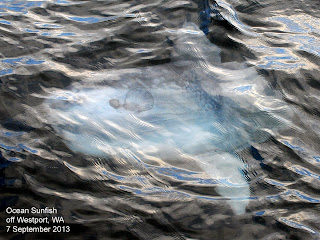People who feed birds in the Pacific Northwest look forward
to the return of flocks of Dark-eyed Juncos (Junco hyemalis) to their feeders every year. Great
numbers of them descend on our towns and cities each fall, both from our own
mountain conifer forests, where they are abundant breeders, and from similar
habitats farther north.
Juncos are great birds to show social interactions.
Aggression between individuals is usually expressed by flicking the tail,
exposing the white outer feathers and by using the sharp, metallic chip call. By watching a flock around a
feeder, you can learn a lot about dominance hierarchies. The dominant bird
sleeks its plumage, extends its neck and moves toward the subordinate one. If
the subordinate bird does not retreat, a peck may occur, or even a brief
flight.
Years ago, when it was noticed that chickens exhibited
aggressive behavior around food, researchers discovered that each chicken had a
place in a dominance hierarchy. It was called “pecking order,” as chicken A
would peck every other bird in the flock to displace it from food. Chicken B
would peck every other bird but chicken A, etc. Poor Chicken F, at the bottom
of the pecking order, was destined to feed only when all the other birds were
satiated.
This dominance hierarchy has subsequently been found to be
typical of flocking birds. You only have to watch a flock for a while to see it
at work. Dark-eyed Juncos have been extensively studied, and it turns out that
males are dominant to females and adults to immatures. Dominance is related to hood
color, the pink bill standing out dramatically against a black (male) or gray
(female, immature) hood. In such a highly social bird one can easily see how
this color pattern would have evolved from ancestral sparrows with their more
subdued and camouflaged patterns.
Interestingly, there seems to be little cost to being
subordinate, as several studies showed that subordinate birds survived through
the winter as well as dominant ones.
Our common birds are what used to be called Oregon Juncos
when five species were recognized. Males have black hoods, rich brown backs and
buffy sides. Females are similar but with gray hoods. All five have been lumped
into a single species now, the Dark-eyed Junco. North of here, in the boreal
forests of Alaska and Canada, juncos have dark gray hoods with gray sides and
gray are brown backs. These are called Slate-colored Juncos. It’s easy to
distinguish them because the hood and sides are the same color. Watch for them
at your feeders.
Juncos typically build nests on the ground, well sheltered
by the surrounding vegetation, and lay their 4-5 eggs there. They commonly
raise two broods of young each in a summer, and the young are streaked like
their sparrow ancestors. As they have become more common breeders in Northwest
cities in recent years, watch for the young in your own yard in midsummer.
Dennis Paulson































